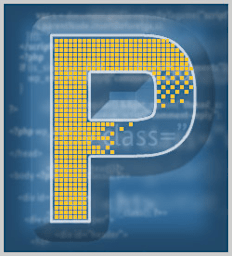
Course Overview
Python has a unique culture and community that has built up around it and that value its core philosophy, expressed as a series of aphorisms, and available at a few key presses from any Python installation. In this course, you'll learn the basics of Python and its philosophy, setting up Python, and writing a basic program with built-in data types, loops and conditionals.
Target Audience
Beginner Python developers, and developers with experience in other languages looking to start programming in Python
Learning Objectives
- describe the features of the Python programming language and how and where it is used
- describe the philosophy of Python
- recognize reasons to choose one version of Python over the other
- install Python 3 on Windows
- install Python 3 on Mac OS X and Linux
- evaluate the major IDEs available for Python
- use whitespace to lay out a Python program into functional code blocks
- recognize the Python REPL – read, evaluate, print loop
- create and execute a "Hello World" application with Python
- get and manipulate user input from the command line with Python
- create a module and import a module in Python
- use the int data type in Python and recognize its characteristics
- use the float data type in Python and recognize its characteristics
- perform basic math functions, such as addition, subtraction, multiplication and division, and use the Math module
- use the bool data type in Python and recognize its characteristics
- describe sequence types and use the str type in Python
- use the bytes type in Python
- use the bytearray type in Python
- use the list type in Python
- use the tuple type in Python
- use slicing on sequence types in Python
- use the range function and work with range objects in Python
- use the set type in Python and describe its characteristics
- use the dict type in Python and describe its properties
- construct a while loop in Python
- construct a for loop in Python
- use the if statement in Python to control program flow
- write a Python program to reverse user input







